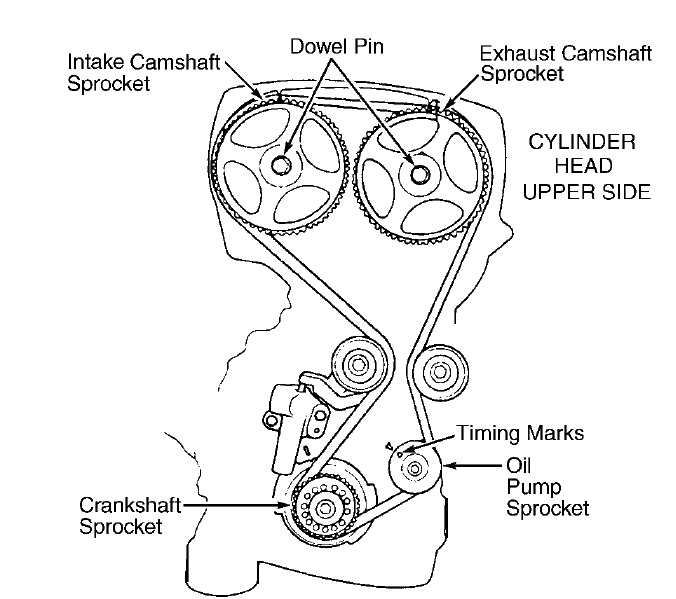Timing belt replacement is the “must-do” service operation which every car owner should know about. Along with that knowledge, we should be aware of whether our engine is considered an interference engine or not. These two bits of information can, at a minimum, save us from unexpected breakdown and in the extreme can help us avoid thousands of dollars in repairs.
Without getting too technical, the synchronization between two internal engine parts (the crank and cam shafts) is accomplished with the help of the timing belt. In the process of these two parts moving the valves open and close in close proximity to the pistons. This constitutes an interference engine, because if the timing belt jumps a tooth on the sprocket on which it rides or the belt fails altogether the valves and pistons will “interfere” with each other.
This collision will cause major damage to the engine. The repair bill will, on older vehicles, often exceed the value of the car. On the other hand, a car whose engine is not configured this way will simply lose power or will not start. While this might be more desirable than facing huge repair costs, it is something that is better avoided if possible.
The motivation for preemptive replacement of the timing belt is obvious. But how do you know when to replace it? There is always the owner’s manual which will indicate mileage of anywhere from 50,000 to 90,000 miles. For a comprehensive list of timing belt service intervals and the type of engine (interference or not) check out About.com.
Some other considerations relative to timing belt replacement are:
1) Is the vehicle leaking any type of fluid that might degrade the belt, if so disregard the suggested replacement interval and replace the belt ASAP as well as repair the leak;
2) Do you know the repair history of the vehicle if it is not verifiable err on the side of safety and replace the belt;
3) Timing belt replacement can be labor intensive. Since the water pump is usually accessed in the same operation you might consider replacing the pump at the same time even if it doesn’t leak. You will save on labor and possibly prevent a pump replacement later on that will also necessitate the belt to be replaced again;
4) To avoid subsequent failure consider replacing sprockets and tensioners that are part of the timing belt system. All components are sometimes sold as a kit and can be less expensive than purchasing them individually.
All service intervals should be followed in order to protect your investment and maintain the integrity of your warranty. In the case of the timing belt, it just makes sense.
